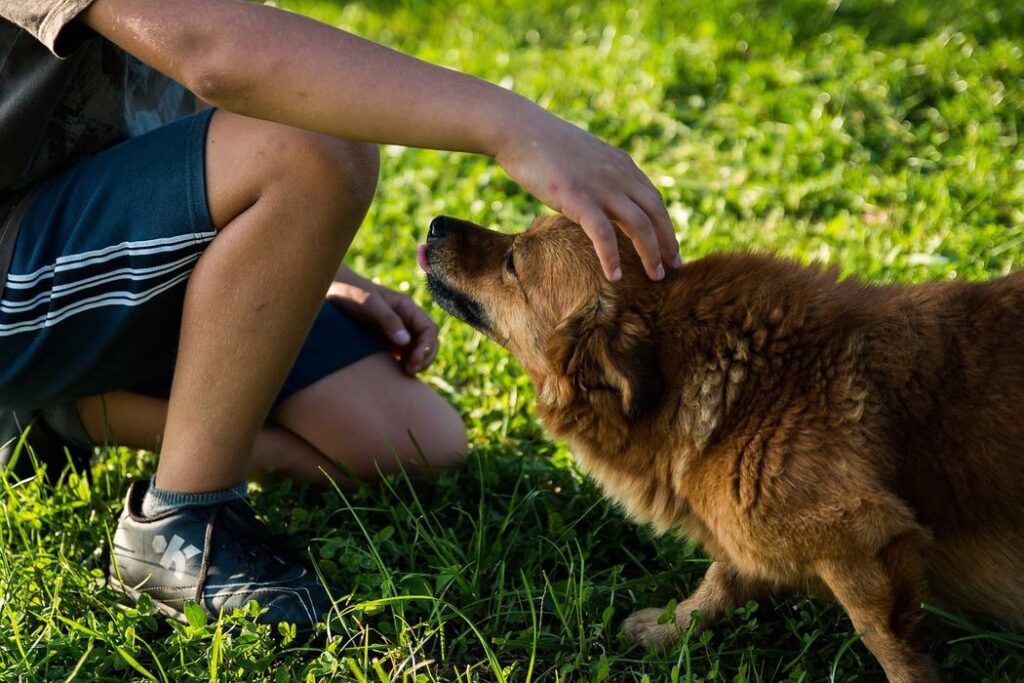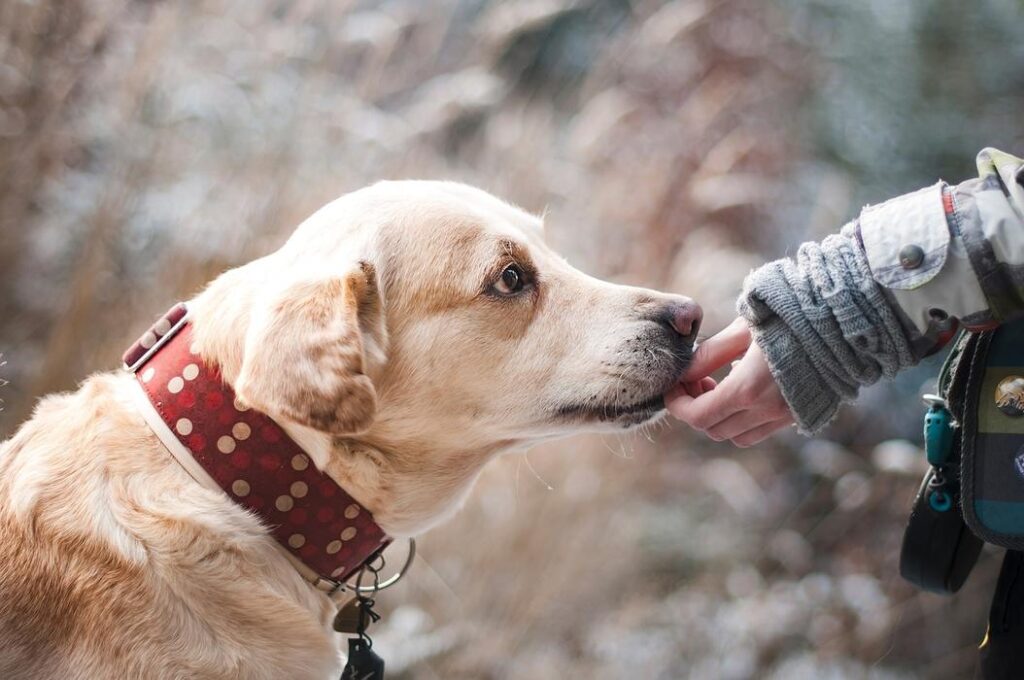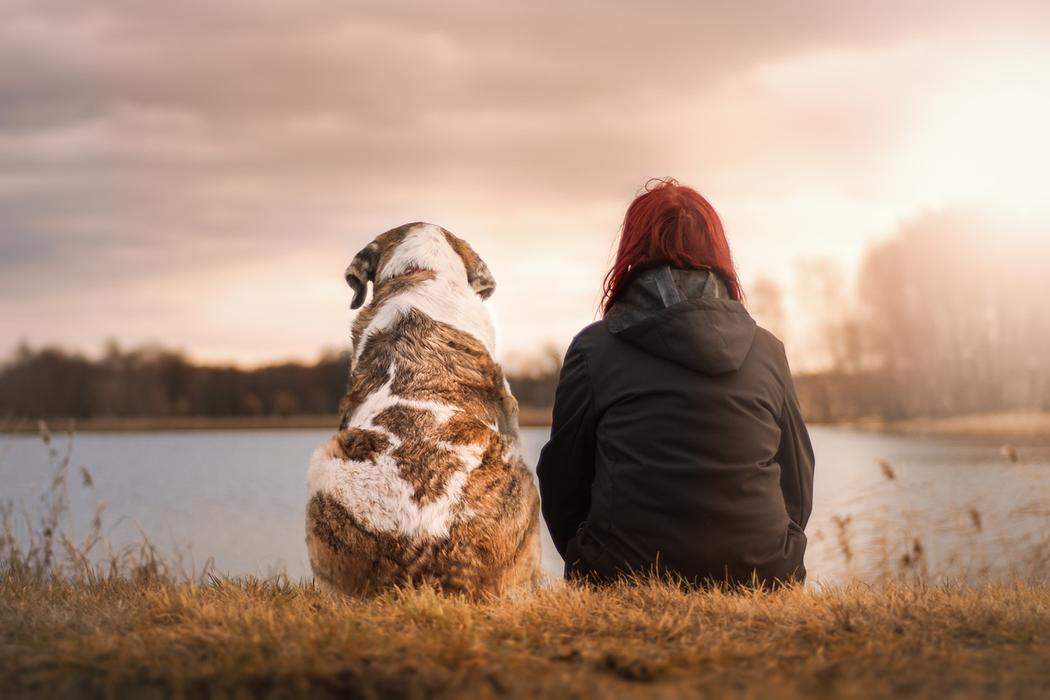Whistle Training For Dogs: Imagine you could talk to your dog, not with words, but with a simple whistle. Sounds like magic, right? Whistle training is like learning a secret language that only you and your dog know. It’s a special way to tell your dog what you want them to do, whether it’s coming back when they’re far away or stopping them from barking too much. Let’s dive into how you can start chatting with your furry friend using just a whistle.
Whistle Training For Dogs
Whistle training leverages high-frequency sounds, barely perceptible to human ears, to command attention and elicit responses from dogs. Unlike verbal commands, which can vary in tone and pitch, a whistle produces a consistent signal, cutting through ambient noise more effectively. This method is not just about obedience; it’s about fine-tuning the way you communicate with your dog, ensuring clarity, consistency, and understanding.
Read More: Training Tips for Stubborn Dogs
For New Puppy Parents

When you bring a new puppy into your home, it’s like starting a new chapter filled with joy and a bit of challenge. Here are three to five subheadings that delve deeper into starting off on the right paw with your new puppy, followed by an expansion on the topic with key points.
Choosing the Perfect Whistle: When selecting the ideal whistle for training, it’s vital to consider your dog’s unique hearing capabilities and the specific environment in which you’ll be training. Various whistles offer adjustable pitches to cater to your dog’s specific hearing range, making them more effective for capturing their attention. For example, silent whistles might be more suitable for sensitive dogs or densely populated areas, while louder, pealess whistles could be beneficial for training in open or noisy environments. Experimenting with different types and pitches can help you find the whistle that your dog responds to best, enhancing your training sessions.
Making Whistle Training Fun: Begin by blowing the whistle before engaging in an activity your puppy loves, such as feeding them or playing. This positive association helps your puppy understand that the sound of the whistle is a precursor to something enjoyable, laying a solid foundation for more complex training.
First Commands Made Easy: Sit, Stay, Come: Start with simple commands like “sit,” “stay,” and “come.” Use the whistle to capture your puppy’s attention, followed by the verbal command and a hand signal. When your puppy follows through, reward them with a treat and praise. This reinforcement makes learning a rewarding experience for your puppy.
Consistency in Training: Establish a regular training routine, keeping sessions short but engaging. Consistency in the timing of sessions, the commands used, and the rewards given helps reinforce learning. Remember, puppies have short attention spans, so keeping training sessions brief and fun is key to maintaining their interest.
Troubleshooting Common Puppy Training Challenges: Be patient and persistent. If your puppy seems distracted or unresponsive, assess the training environment and remove potential distractions. Ensure you’re using the whistle correctly and consistently. If a particular command isn’t working, take a step back and simplify the task, gradually building up to the desired behavior.
For Dogs Who Know a Few Tricks
Turning basic commands into a symphony of understanding between you and your dog takes patience, practice, and a bit of creativity. Below are three to five engaging subheadings that delve deeper into expanding your dog’s repertoire of commands through whistle training, followed by an expanded discussion on the topic.
Advanced Commands Made Simple: Once your dog has mastered the basics, it’s time to introduce more complex commands. Start with one new command at a time, using the whistle to signal the beginning of a new lesson. Reward success with treats and affection to keep motivation high.
Combining Whistle and Hand Signals: Enhance your communication by integrating hand signals with whistle commands. This dual approach helps your dog understand commands more clearly, especially in noisy or busy environments where they might miss the whistle sound alone.
Adapting Training to New Environments: Gradually introduce your dog to training in different places. Start in quiet areas and slowly move to busier ones. This strategy helps your dog learn to focus on your commands, regardless of what’s happening around them.
The Role of Play in Training: Turn training into a game to keep your dog’s interest. Hide-and-seek, fetch, and find-the-treat are great games to reinforce commands in a fun way. Playtime after successful training also acts as a powerful reward.
For Dogs Who Need a Little Extra Help

Addressing complex or puzzling behaviors in dogs requires patience, understanding, and sometimes a bit of detective work. Here, we’ll explore targeted strategies to help dogs who may not respond to traditional training methods as expected, focusing on specific behaviors that can be particularly challenging for owners.
Understanding Why Dogs Communicate: Begin by observing when and why your dog barks excessively. Is it in response to specific triggers, or does it seem to stem from boredom or anxiety? Techniques such as increasing physical exercise, mental stimulation, and training commands like “quiet” in a positive, reward-based manner can be effective.
Managing Runaway Tendencies: Reinforce your dog’s recall command by practicing it in progressively more distracting environments, always rewarding them for coming back. Ensure your yard is secure and consider adding more engaging toys or playtime to reduce the temptation to explore elsewhere.
Redirecting Obsessive Behaviors: Obsessive behaviors often signal a lack of mental stimulation or underlying stress. Introduce a variety of toys and activities to keep your dog’s mind engaged. For behaviors that persist or escalate, consulting with a veterinary behaviorist is advisable to address potential psychological issues.
Easing Anxiety and Phobias: Gradual exposure to their fears in a controlled and supportive environment can help desensitize dogs to their phobias. Comforting a dog during fearful situations without reinforcing the fear is key. In cases of severe anxiety, a combination of behavioral training and professional advice from a veterinarian or behaviorist might be necessary.
Promoting Sharing and Trust: Training your dog to associate giving up their guarded item with positive rewards can gradually reduce this behavior. Practice commands like “leave it” or “drop it” in non-confrontational scenarios, rewarding compliance with treats or affection. For severe cases, professional guidance to ensure safety and effectiveness is recommended.
Read More: Bubble theory dog training
Harmonizing Your Bond Through Training
Training your dog isn’t just about teaching commands; it’s about creating a harmonious relationship that’s akin to making music together. Each step in training is like hitting the right note, leading to a beautiful melody of mutual understanding and respect. Below are engaging subheadings that delve deeper into this topic, each described briefly to set the stage for a more detailed exploration.
Understanding Each Other’s Signals: Start by spending time observing your dog’s natural behaviors and reactions in different situations. Note the cues they give when they’re happy, anxious, or needing something. Simultaneously, use clear, consistent signals when interacting with your dog, whether it’s verbal commands or hand signals, to build a mutual language.
Basics of Dog Training: Begin with fundamental commands like sit, stay, come, and down. Use positive reinforcements like treats, praise, or playtime to reward correct responses. These basics form the melody of your ongoing training efforts, where clarity and positivity lead the tune.
Advanced Training Techniques: Once the basics are in place, introduce more challenging tasks that stimulate your dog’s mind and strengthen your connection. This could include courses that challenge their agility, puzzle toys that engage their problem-solving skills, or tricks that add flair to your routine.
Establishing a Training Schedule: Establish a daily training schedule that fits into your lifestyle, keeping sessions short but frequent. Consistency is key, much like the steady rhythm of a favorite tune, providing a reliable structure that helps your dog learn and grow.
Reinforcing Training Through Games: Incorporate games into your training sessions to reinforce what’s been learned and to keep both you and your dog eagerly anticipating these moments together. Fetch, hide-and-seek, or tug-of-war can be great ways to practice commands in a playful context, celebrating the harmony you’ve created through your shared training efforts.
Sum Up
Whistle training is a fun way to talk to your dog without words. Whether you’re just starting with a new puppy, helping your dog learn more, or fixing some tricky behaviors, using a whistle can make things easier and more fun. By following this guide, with tips from dog experts, you’re on your way to having an amazing conversation with your dog, no words needed!

